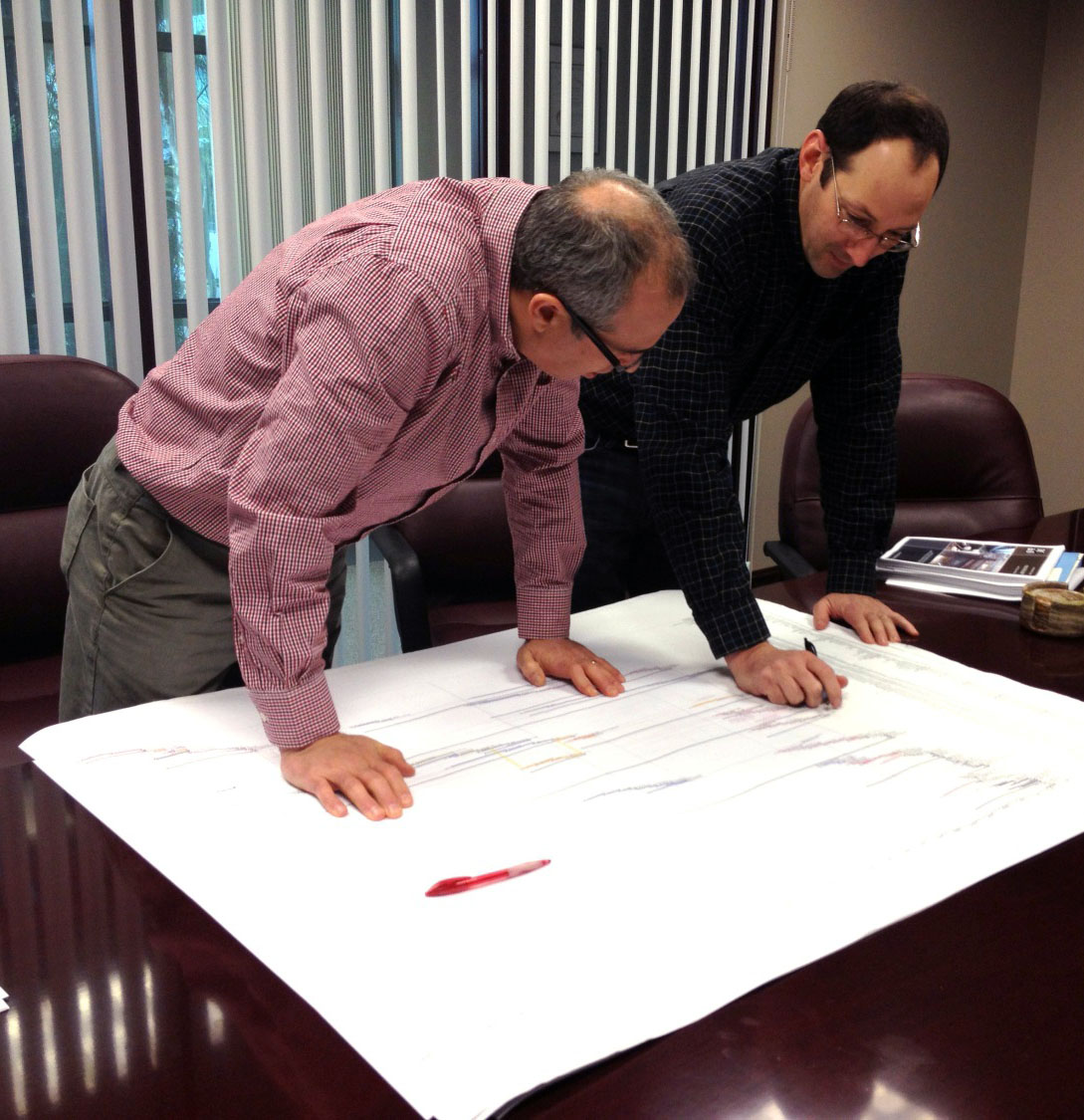 Last year I wrote an article called Two Simple Checks to Verify the Validity of Your Project's Schedule. With the prime construction season just around the corner, I thought this would be a great time to offer those tips once again. I hope you find them helpful!
Last year I wrote an article called Two Simple Checks to Verify the Validity of Your Project's Schedule. With the prime construction season just around the corner, I thought this would be a great time to offer those tips once again. I hope you find them helpful!
Every project manager knows that understanding the drivers of a project’s progress at any point in time is essential for forecasting milestone completion dates. With the intense financial and regulatory pressure most energy projects are under to be completed on-time, understanding a project’s critical path (and what can be done to manipulate it) is, well….critical!
The sooner major schedule issues are identified, the easier it is to guide the project’s progress back to a path of on-time completion. If issues are allowed to drag on too long, solutions for on-time completion become difficult and very expensive, often generating contractor claims in the process.
So, if the project’s critical path is so important, why doesn’t the project team regularly meet to discuss and manage the critical path? Contractually, these meetings do occur, but they don’t always generate an honest, productive conversation about what is driving the completion dates, and who owns any delays.
This shouldn’t be entirely surprising in those cases where the contractor owns all or even a part of the delays. An analogous scenario would be the kid who has their hand in the cookie jar and shouts to their parent, “Hey, I’ve got my hand in the cookie jar over here!” This is especially true when a project is not particularly linear, has multiple near-critical paths, and the owner has ownership of delays that affect near-critical path activities. If these circumstances sound familiar to you, you’ve probably encountered challenging conversations with the contractor over who owns the project’s apparent delays, and how to manipulate the remaining schedule to achieve on-time completion.
To keep progress meetings productive, it is imperative that issues are caught and solved long before they become difficult and expensive to do anything about.
Since the contractor creates the schedule, what are some techniques the owner can use to back-check the story that the contractor is telling, thereby keeping the conversation honest and productive?
Two simple but powerful checks are useful in verifying the validity of your project’s schedule:
1. Confirm the project’s constraints and construction activity sequencing.
Essentially you’re asking the question, “can the project be built in the order suggested by the Critical Path Method (CPM)?” The answer is probably “no” if the contractor’s schedule fails to account for all of the project’s constraints. A constraint is anything that prevents the contractor from proceeding unimpeded with any part of the work. They can be anything from long lead time equipment and submittals, to regulatory no-work periods, to historical weather patterns. Attempting to ferret out all of the project’s constraints can be time consuming, especially at the the beginning of a project, but it is the difference between proactively identifying issues and getting a nasty surprise too late in the project to easily manage.
2. Confirm activity durations based on historical productivity
This is a reality check on the contractor’s projected remaining durations. If the contractor continues to use their original durations for work activities that are clearly taking longer than anticipated, it can significantly affect the projected time remaining. If that activity was on a near-critical path, it can be the difference between the contractor owning a critical path delay vs. the owner.
At your next progress schedule meeting, take the ‘critical path’ less traveled and don’t take the contractor’s CPM at face value. Go in armed and dangerous with input regarding constraints that may not have been modeled correctly and remaining durations that have been adjusted for historical production.
Once you’re working with the most accurate CPM schedule to predict milestone completion dates, you can start discussing and managing solutions that keep your project on track for on-time delivery. Otherwise, unidentified issues will grow in severity, often leading to contractor claims serving to limit their financial exposure.
I’d love to hear your thoughts and if you have any other ideas for how owners can protect themselves from schedule overruns. Feel free to reach me through the comments section, email or LinkedIn.


Leave us a comment below